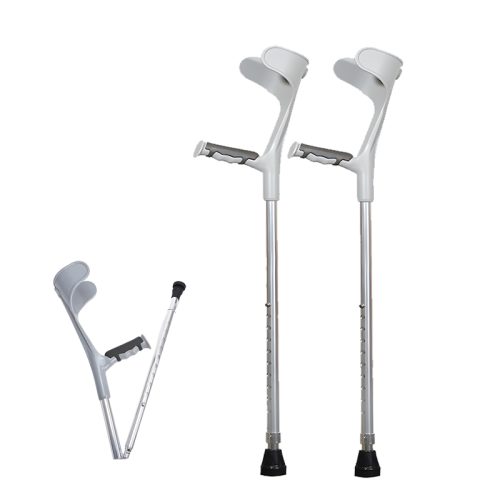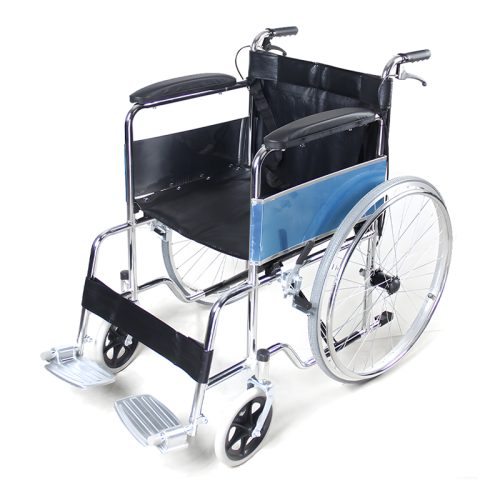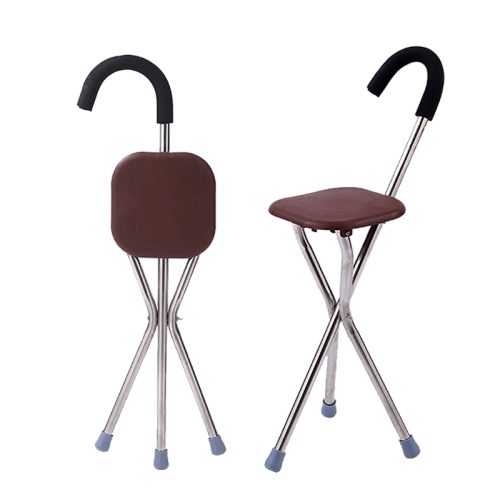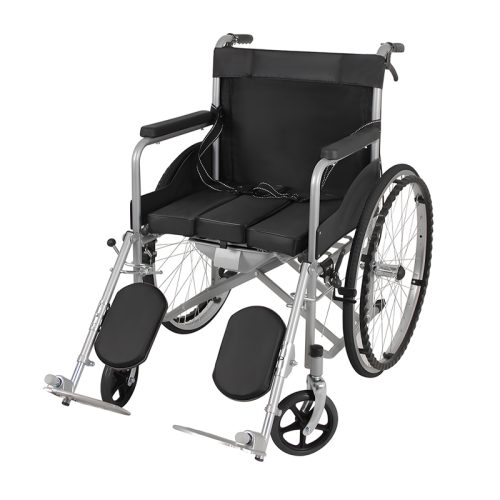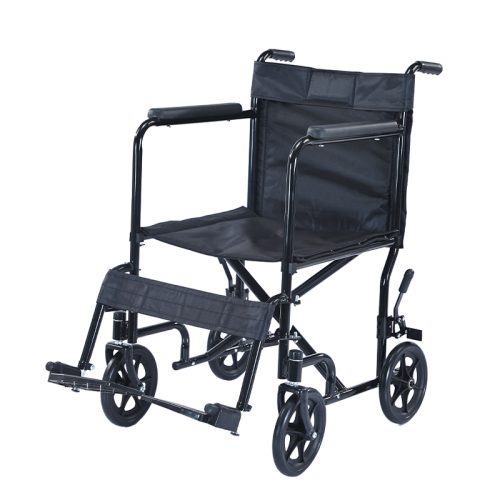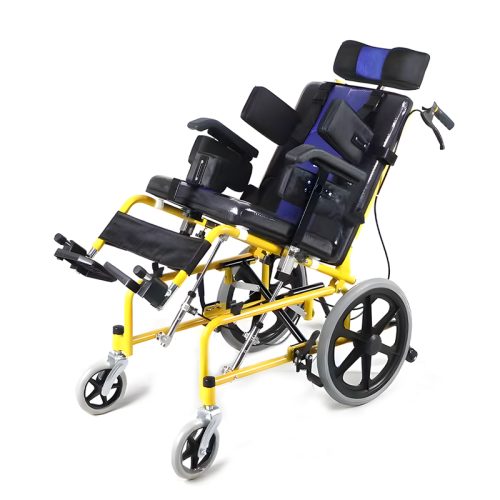
- Wheelchair
Manual Wheelchairs: A Comprehensive Guide for Distributors
- By kelingmedical
### Why Manual Wheelchairs Are an Essential Product
#### 1. **Broad Market Demand**
Manual wheelchairs cater to a diverse range of users, including:
– **Temporary Users**: Patients who are in the recovery process from surgery or injuries make up the group of temporary manual wheelchair users.
– **Long-Term Users**: Long-term users comprise people who live with permanent mobility challenges.
– **Healthcare Facilities**: Medical centers such as hospitals and clinics together with rehabilitation facilities deploy manual wheelchairs to move patients.
– **Rental Businesses**: Rental Businesses provide manual wheelchairs for short-term needs during travel and events.
People choose them for different applications because they work well and are affordable.
#### 2. **Cost-Effectiveness**
Manual wheelchairs remain far cheaper than electric wheelchairs along with specialized models. Manual wheelchairs attract buyers who prioritize budgets while increasing the customer base.
#### 3. **Global Market Growth**
The market for manual wheelchairs will experience steady growth because aging populations are expanding healthcare access in developing areas and awareness about mobility aids continues to rise.
—
### Key Features of Manual Wheelchairs
#### 1. **Frame Material**
Wheelchair performance in terms of weight, durability and price depends on the material used.
– **Steel Frames**: Steel Frames combine durability with cost-efficiency to deliver optimal performance for heavy-duty applications.
– **Aluminum Frames**: Aluminum frames stay rust-free while their lightweight construction makes manual wheelchairs portable.
– **Titanium Frames**: Titanium Frames deliver excellent strength while remaining lightweight which makes them optimal for high-end wheelchair models.
#### 2. **Seating Options**
The different seat widths of manual wheelchairs at 16″, 18″, and 20″ allow for accommodation of users with different body sizes. Breathable fabric padding on seats improves comfort for extended periods of sitting.
#### 3. **Portability and Foldability**
People search for foldable manual wheelchairs because they can be transported and stored with ease. People living in cities and those who travel regularly prefer compact wheelchair designs.
#### 4. **Wheel Types**
– **Rear Wheels**: Large rear wheels create durable support for stable movement.
– **Front Casters**: Front casters with swiveling wheels enable smooth navigation through constricted areas.
#### 5. **Adjustable Features**
Customizable armrests along with detachable footrests and backrests allow wheelchair users to achieve optimal comfort and adjustability.
#### 6. **Weight Capacity**
While standard manual wheelchairs can support 250 lbs of weight standard models bariatric wheelchairs are designed for heavier users and can accommodate weights over 500 lbs.
#### 7. **Safety Features**
– Anti-tip devices for stability.
– Hand brakes for user control.
– Seatbelts for added security.
—
### Benefits for Distributors
#### 1. **High Inventory Turnover**
Manual wheelchairs remain affordable and widely used which drives steady purchases and results in high inventory turnover for distributors.
#### 2. **Low Initial Investment**
The initial capital needed to stock manual wheelchairs is lower than that for electric models which makes them more financially viable for distributors to sell.
#### 3. **Customization Opportunities**
Distributors can draw in a larger number of buyers by offering customizable options including various colors and seat materials along with different accessories.
#### 4. **Wide Customer Base**
The customer base for manual wheelchairs is wide-ranging from healthcare institutions to individual users which generates constant demand.
—
Distributors can find success in the manual wheelchair market through strategic practices.
#### 1. **Partner with Reliable Manufacturers**
Choose manufacturers who produce high-quality items consistently. Choosing dependable partners guarantees prompt delivery together with affordable pricing and reliable support after purchase.
#### 2. **Diversify Your Inventory**
Stock a range of models to cater to different needs, such as:
– Lightweight wheelchairs for travel.
– Heavy-duty models for bariatric users.
– Specialized designs for pediatric users.
#### 3. **Leverage Bulk Purchasing**
Work with suppliers to obtain bulk order discounts which will lower expenses and boost profit margins. When you pass these cost savings to your customers your business becomes more competitive.
#### 4. **Offer Value-Added Services**
– Provide product demonstrations or user guides.
Build trust by providing warranties and maintenance services.
#### 5. **Invest in Digital Marketing**
Create an online presence through:
– A professional website featuring detailed product information.
Social media campaigns should focus on hospitals along with clinics and caregivers to reach them effectively.
– Listings on popular e-commerce platforms.
#### 6. **Build Relationships with Key Buyers**
Make hospitals along with rehabilitation centers and nursing homes the main target customers for your business. Establishing enduring connections with clients encourages them to purchase from you again.
—
### Challenges in the Manual Wheelchair Market
#### 1. **Price Competition**
In a competitive market businesses should prioritize delivering superior quality products and outstanding customer service to distinguish themselves.
#### 2. **Inventory Management**
Balancing inventory levels is crucial. Maintain a combination of quick-selling and specialized models in inventory to satisfy market demand while preventing excess stock.
#### 3. **Customer Education**
There are buyers who have little understanding of the different features that wheelchairs offer. Guidance and clear information support sales closure.
—
## Conclusion
Medical equipment distributors find manual wheelchairs to be fundamental products because they generate steady sales alongside minimal initial costs and universal market reach. Distributors who carry premium models and develop robust partnerships while implementing strong marketing approaches will see increased sales and business development.
—
## FAQ
A manual wheelchair typically functions well for 3-5 years when properly maintained.
A manual wheelchair lasts between 3 to 5 years when maintained correctly. Regular maintenance can extend its lifespan.
The cost of manual wheelchairs depends on the model and features but generally falls between $100 and $500.
The cost of manual wheelchairs differs by model and features but stays between $100 and $500.
### 3. Can manual wheelchairs be used outdoors?
Several manual wheelchair models function effectively both inside and outside environments. Choose wheelchair models that have sturdy wheels together with anti-tip mechanisms for outdoor use.
### 4. Are manual wheelchairs customizable?
Numerous manufacturers provide customization choices which cover seat sizes as well as frame colors and additional features like cup holders or seat cushions.
Distributors should implement competitive pricing strategies alongside strong after-sales support and targeted marketing campaigns to boost manual wheelchair sales.
Distributors should prioritize competitive pricing and excellent after-sales support together with targeted marketing campaigns for healthcare providers and caregivers.
Distributors who use this guide will gain the necessary knowledge to thrive in the manual wheelchair industry. Implementation of these strategies will allow you to fulfill customer demands and expand your business simultaneously.
📧 Email: inquiry@shkeling.com
🌐 Website: www.shkeling.com.cn
We look forward to building a successful partnership with you!


